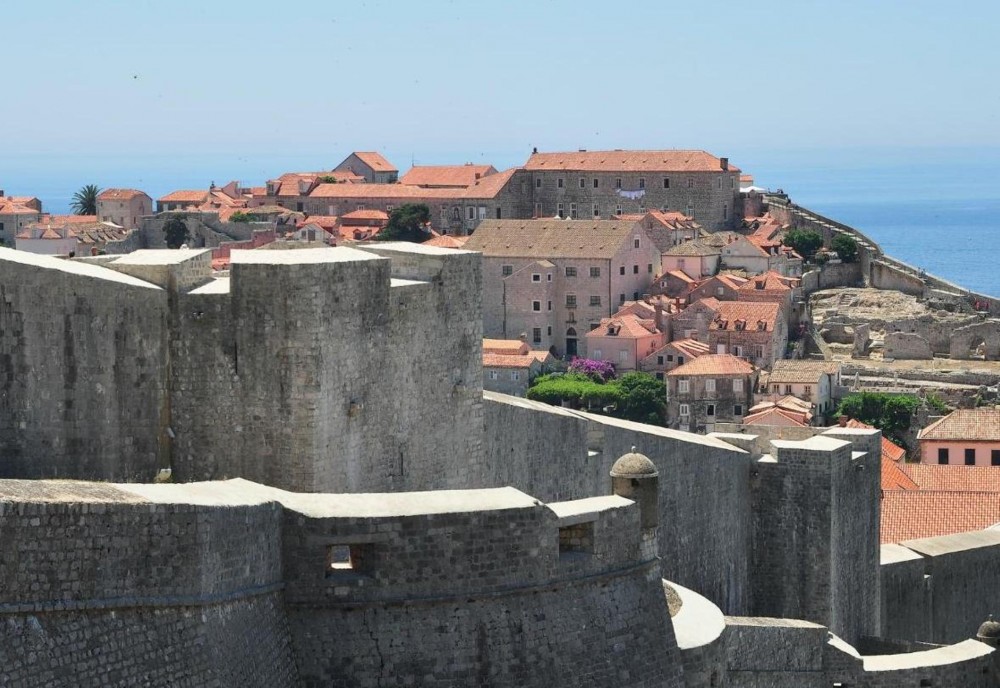
This article investigates the ways in which premodern Ragusans understood the relationship between two types of collective identity: their civic identity, the belonging to the community of the Ragusan city-state, and their ethnic identity, the belonging to different culturally defined communities such as “Illyrians”, “Slavs”, “Croats” or “Dalmatians”. The first part of the text explores how the premodern Ragusans differentiated between these two types of “imagined community”. They were distinguished in two main ways. First, different criteria were applied to determine membership in them, and therefore these two communities were seen as encompassing different, albeit overlapping populations. Second, their normative implications were profoundly different, i.e. the duties of their members and their right to political autonomy were conceptualized in
a profoundly different manner. The second part of the text addresses the mutual relationship of civic and ethnic identity, stressing that they were not competing or in conflict, but functioned as complementary to each other. Moreover, the discourse on ethnic identity often served the purposes of the more powerful discourse on civic identity.
Source: Kunčević L. (2017). Ethnic and Civic Identity of Premodern Dubrovnik (14th-17th Century). Anali Zavoda za povijesne znanosti Hrvatske akademije znanosti i umjetnosti u Dubrovniku. №.55/1: 65-87
Source web-site: https://hrcak.srce.hr/index.php?show=clanak&id_clanak_jezik=267011
Number of views: 2745